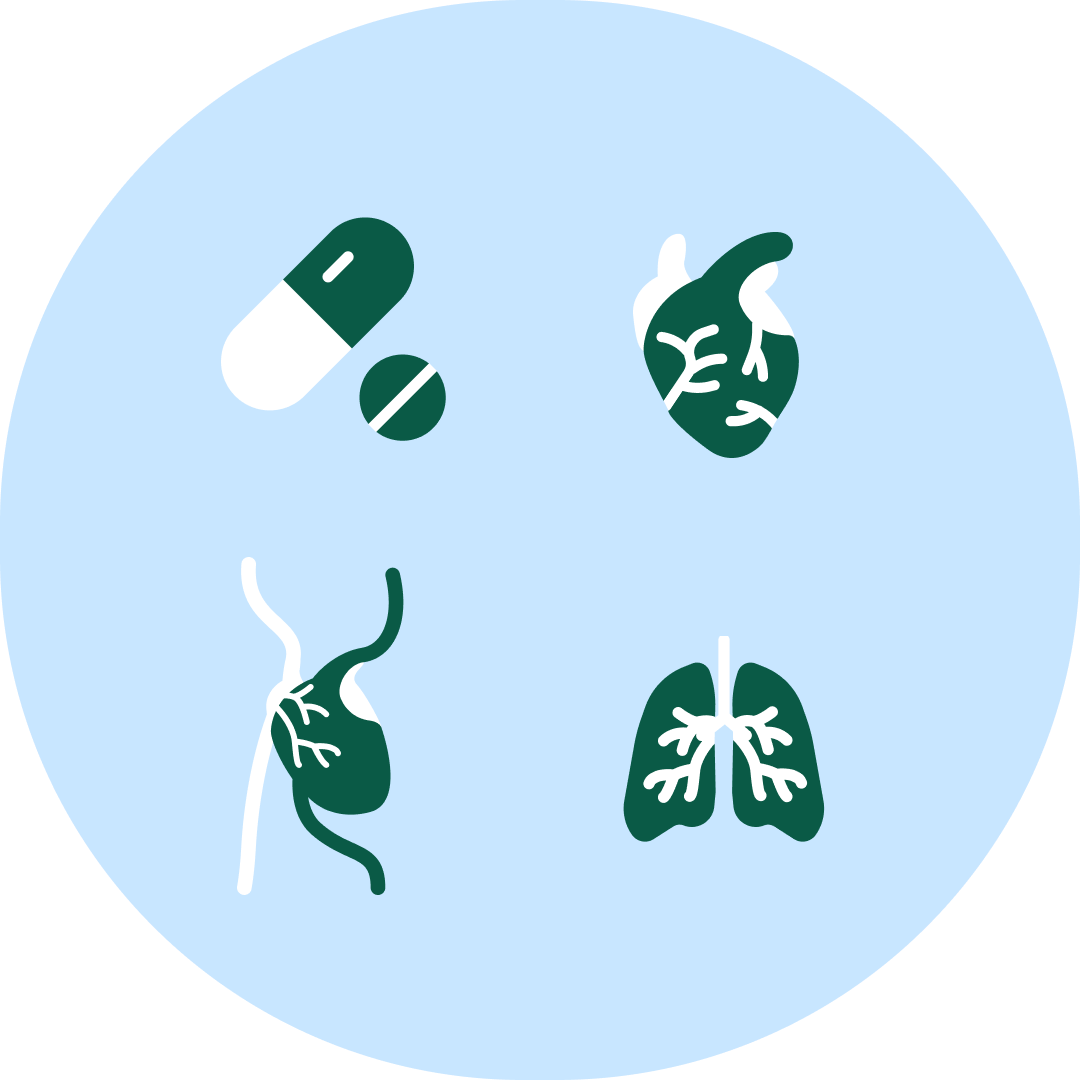Congress Newsletter 2024
The Ethics Police - Untangling the Thread of Human Research Ethics
Should we trust research? While there are no straightforward answers to this question, the research lecture held in memory of Professor Andreas Hoeft, MD at Euroanaesthesia 2024 places the ethical implications of human research under the microscope.
Studies designed to test new therapies have provided hope to millions of individuals living with medical conditions. Nevertheless, participation in clinical trials raises a series of ethical issues for the multiple stakeholders involved in this process, including patients and their families, researchers, and lawmakers. Conflicts of interest, the failure to meet inclusion criteria, and the disclosure of unfavorable outcomes rank high on this list, said Robert L. Klitzman, MD, a Professor of Psychiatry at Columbia University Irving Medical Center in New York, NY, who will address attendees during the lecture on Saturday.

Research ethics, a relatively new concept that gained momentum in the 20th century, stresses the importance of notions such as voluntary consent of participants, fruitful results, balancing risks and benefits, and establishing boundaries between research and routine medical care. Research ethics committees, known by the name of institutional review boards (IRBs) in the United States, have played a pivotal role in establishing and safeguarding the tenets of ethical research. This has earned them the nickname “the ethics police” in the research community, according to Klitzman, a bioethicist who, at times, puts on the “researcher hat.” His book titled “The Ethics Police?: The Struggle to Make Human Research Safe” launched a probe into the system that governs research involving human participants, investigating the tensions that complicate the relationships between researchers, ethics committees, and government agencies. Interviews with dozens of IRB leaders and members about their decision-making processes enabled Klitzman to pinpoint some of the sources of these tensions.
“There are issues concerning the context of the ethics research committees and the content of what they do,” Klitzman said. “They often have complicated relationships with the government in any country because they are stuck in the middle. When researchers complain about long consent forms, they blame the IRBs, [when in fact, these are mandated by] the laws about ethics and ethical review. The research ethics committee is the messenger [that is] often blamed for the message.”
Research ethics committees are accountable to government agencies but must also follow institutional rules. While patient consent forms are meant to inform the patients about risks and benefits associated with experimental therapies, hospital administrators consider them legal forms that shield institutions against liability. “In medical bioethics, we believe that, to give informed consent, patients should understand what they are getting into,” Klitzman said. However, in a time when most people scroll down past the terms of online agreements and simply click “I accept,” patients often fail to read long, complicated consent forms. Overregulation of clinical studies also stems from the fact that “the committee does not interact with patients,” Klitzman noted. “It interacts with researchers, who interact with their research staff, who interact with patients. [The research ethics committee] is removed from the patients that it is trying to protect. Therefore, they [devise extensive] protections, hoping that some of them will trickle down to the patient.”
Members of the research ethics committees, many of whom are reviewers for medical journals and funding agencies, often make suggestions on how to improve the design of a study. This fluidity in roles adds another source of tension between researchers and ethics committees, Klitzman explained. “The standard is not to review the science, it is to review the ethics,” he said. “On the research ethics committee, the goal is to make sure the risks are commensurate with the benefits.”
Ensuring that human research adheres to ethical standards is a lofty goal when multisite studies are conducted in multiple countries with different regulations, income levels, and cultural values. This process has been further complicated by the introduction of new technologies such as artificial intelligence and genomics. However, efforts to standardize certain aspects of the ethical threshold can help advance research, which will ultimately benefit individuals worldwide. “Is doing an allergy skin test high-risk or not?” Klitzman asked. “The regulations vary but there should not be that much dispute about what [constitutes risk]. Countries in the European Union should work to harmonize regulations when they can because science is universal.”
While a major goal of research ethics is to weigh benefits against risks, safe research can be streamlined by harmonizing regulations across countries and by improving the way that researchers interact with research ethics committees. “Researchers need to understand more about research ethics committees and research ethics committees need to understand more of the challenges that researchers face,” Klitzman concluded. “The public also needs to know about these issues. Some committees remain anonymous, while others have open doors.” The open-door policy may foster an atmosphere of cooperation rather than lead to antagonism between researchers and the committees that oversee the ethical aspects of their research.
Author
- Robert L. Klitzman, MD, is a Professor of Psychiatry at Columbia University Irving Medical Center in New York, NY, and serves as director of the Masters of Bioethics Program.










